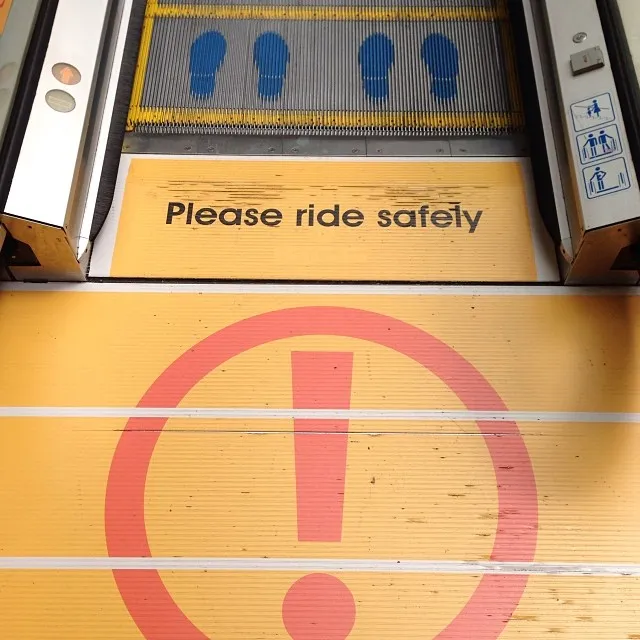Strengthen The Peg

The peg has seen better days...
Right now, the market is valuing SBD at well below $1 USD. This might present an opportunity for users who can afford to buy SBD now and sit on it and wait until the market turns around. But for others, it will simply mean a significant amount of lost value from what amounts to a very high fee for exchange. I've taken some time to reflect on the economics of the Steem Dollar, and whether it is possible to safely tweak the mechanics involved in order to strengthen the peg.
Conversion Waiting Period
One of the major factors that enables the market to continue pricing of SBD well below USD is that one of the primary mechanisms used to create the peg is not quite up for the task. It can be made much more robust with a very simple change from a 7 day waiting period to a 3 day waiting period for SBD to STEEM conversions.
Seven days can be an eternity in the world of cryptocurrency. It is a huge barrier for most users.
Without stability, individuals across the world could not have low cognitive costs while engaging in commerce and savings.
-Steem White Paper
Users have to take a big gamble as it currently stands, to make use of the conversion function. They must factor in the price of STEEM in 7 days and whether it will be more or less than the average price during that period. It's not reasonable to expect users to be able to make an informed decision, so they are essentially rolling the dice.

Dali by AJC1, on Flickr
Also, all the benefits of keeping a liquid asset are lost during this time frame, which is a barrier for many users and will only become moreso as SBD has more utility beyond a store of value (ie, when marketplaces begin to flourish). They will also miss out on a week's worth of interest, which might be negligible but does decrease the attractiveness of conversion.
If redeeming SBD through the conversion function becomes a more viable option, the market should be forced to respond by pricing it closer to parity. If the market fails to respond, SBD holders will still have the option of paying higher fees for convenience and certainty by accepting the market rate. Regardless of what they choose, more options will benefit SBD holders and ultimately what's good for holders of the token is beneficial for the entire platform.
Risks of Shorter Conversion
The white paper lays out that the 7 day period is designed to prevent abuse. The two relevant points of failure that it highlights are corruptions in the price feed and timing attacks.
In the case of the price feed, it is up to the witnesses to maintain the integrity of the price feed. I think they do an outstanding job, and they have every incentive to continue to do so. And the risk of timing attacks and market manipulation are somewhat mitigated by the size of the money supply and growing volume on the exchanges. In either case, it would seem to me that a 3 day period would be a sufficient deterrent.
There may be an increased risk of these attacks, but I think overall the benefit of a shorter period will outweigh the risk. I'd like to hear from people more knowledgeable than myself regarding this.

I'm the kinda guy that likes to take risks. OK, here I go . . ., by Mark McGuire, on Flickr
Additional notes:
The white paper lays out a process of adjusting the interest rate earned by SBD balances, in the event of the market price deviating from parity with the dollar. I have not personally noticed this happen, and if it were to happen I don't know that I would notice. It might help to make the current interest rate more responsive and visible.
If the debt-to-ownership ratio is under 10% and SMD is trading for less than $1.00 then the interest rate should be increased. This will encourage more people to hold their SMD and support the price.
-Steem White Paper
The current debt-to-ownership ratio is below the 5% target*, and SBD price is about 15% below $1. The interest rate should be adjusted upwards to compensate. And it should be made very clear, so that it can influence decision making.
Users should also be informed that their SBD balances are best kept in their wallet rather than the exchanges, where they will not receive interest payments. The incentive to keep SBD off the market should be made more clear. If user behavior patterns change in this regard, it may provide price support.
*: My estimate is around 4.75% currently. Perhaps a function of the very high levels of investment?